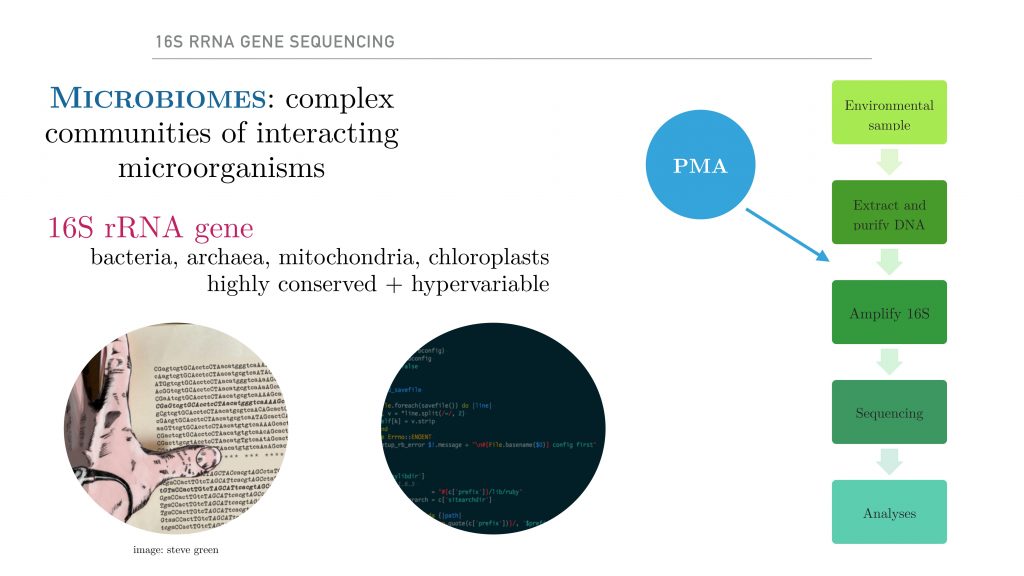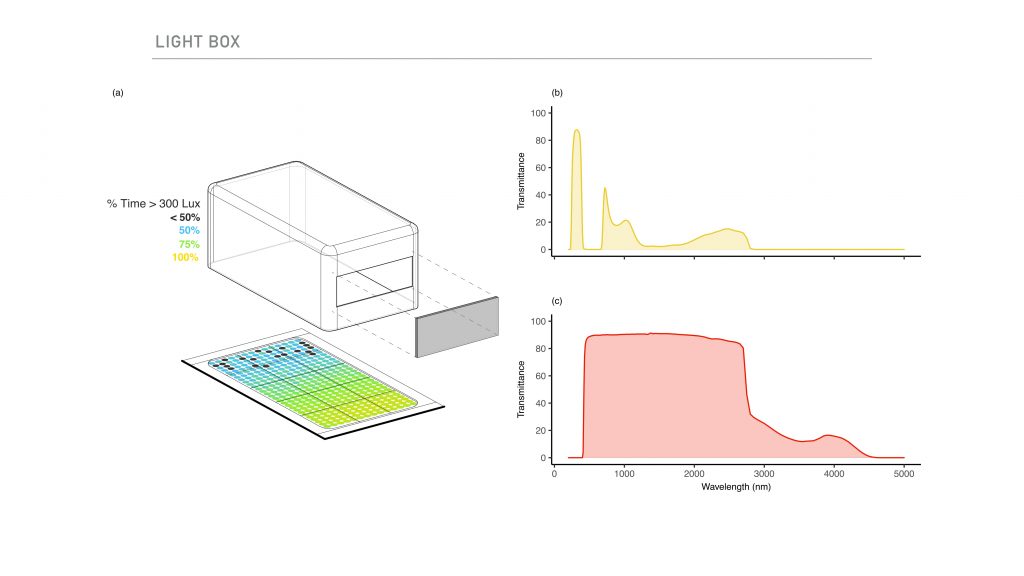The microbiome and its relevance to healthy environments was of critical interest at the Health Energy Research Consortium. Ashkaan Fahimipour, presented BioBE‘s recent investigations in microbial communities and exposure to daylight.

Humans spend most of their time indoors, exposed to bacterial communities found in dust. Understanding what determines the structure of these communities may therefore have relevance for human health. Light exposure in particular is a critical building design consideration and is known to alter growth and mortality rates of many bacterial populations, but the effects of light on the structure of entire dust communities are unclear.
We performed a controlled microcosm experiment designed to parse the effects of filtered solar radiation on the structure of dust microbial communities.

We report that exposure to light per se has marked effects on community diversity, composition and viability, while variation in light dosage or particular wavelengths experienced are associated with nuanced changes in community structure. Our results suggest that architects and lighting professionals designing rooms with more or less access to daylight may play a role in shaping bacterial communities associated with indoor dust.
This post is part of a blog series sharing information covered at the Health Energy Research Consortium in Portland, OR May 4-5, 2017. View the original post on the ESBL blog.